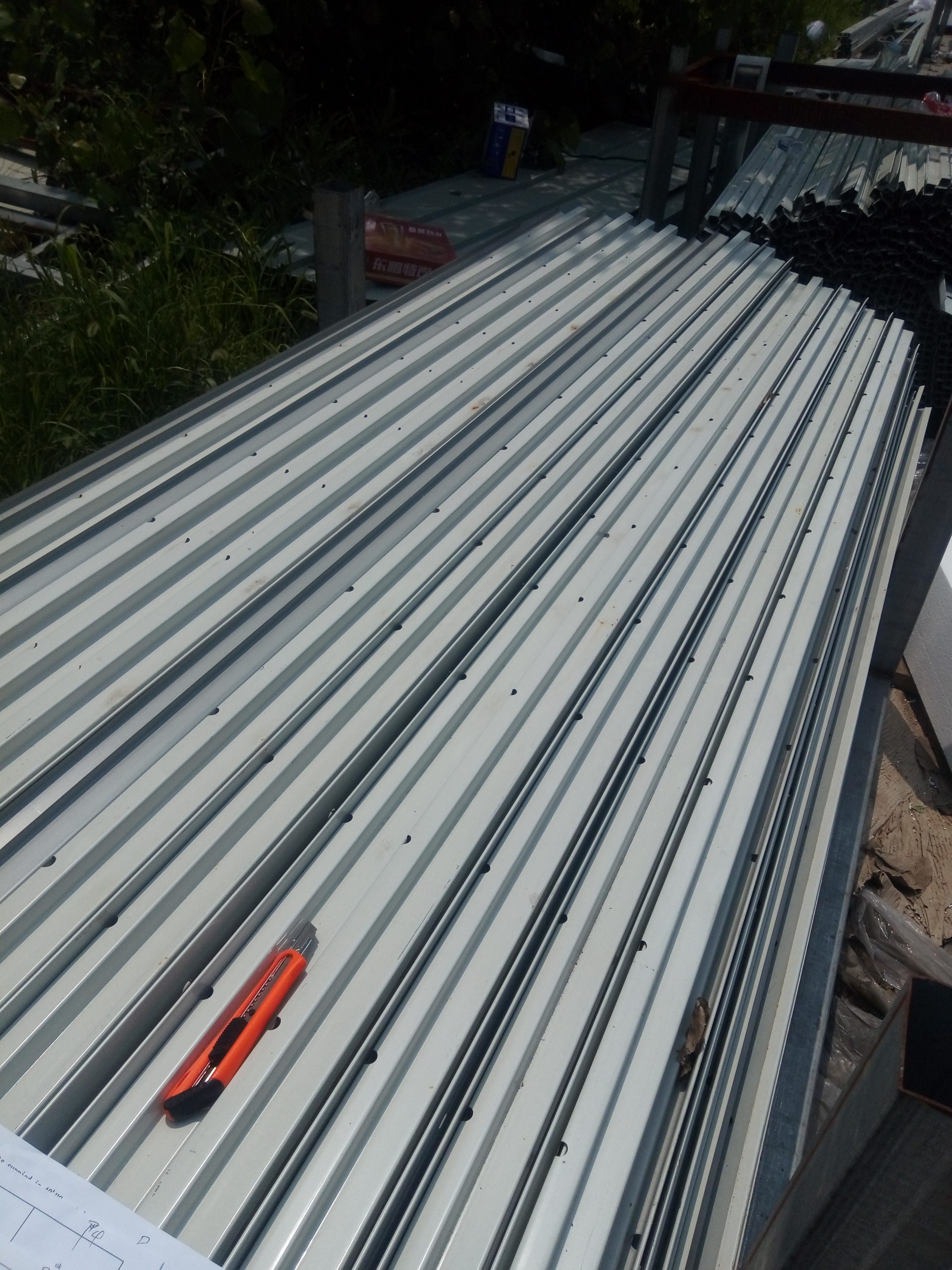Inhoudsopgave
Benefits of Using Steel Structure Box Rooms in Temporary Scientific Research Experiment Bases
Steel structure box rooms have become increasingly popular in temporary scientific research experiment bases and test fields due to their versatility and flexibility. These structures offer a wide range of benefits that make them ideal for housing equipment, conducting experiments, and providing a comfortable working environment for researchers.
One of the key advantages of steel structure box rooms is their durability. Steel is a strong and resilient material that can withstand harsh weather conditions, making it ideal for use in outdoor research facilities. These structures are also resistant to corrosion, rust, and pests, ensuring that they will remain in good condition for many years to come.
In addition to their durability, steel structure box rooms are also highly customizable. Researchers can easily modify the layout and design of these structures to suit their specific needs. Whether they need additional storage space, a larger work area, or specialized equipment, steel structure box rooms can be easily adapted to accommodate these requirements.

Furthermore, steel structure box rooms are quick and easy to assemble. Unlike traditional buildings, which can take months or even years to construct, steel structure box rooms can be erected in a matter of weeks. This allows researchers to set up their experiment bases and test fields quickly and efficiently, saving time and money in the process.
Another benefit of using steel structure box rooms is their portability. These structures can be easily disassembled and moved to a new location if necessary. This flexibility allows researchers to conduct experiments in different environments and climates, providing valuable data and insights that would not be possible with a fixed research facility.
Steel structure box rooms are also cost-effective. Compared to traditional buildings, which require a significant investment in materials and labor, steel structure box rooms are a more affordable option. This makes them ideal for research projects with limited budgets or short-term funding.
In conclusion, steel structure box rooms offer a wide range of benefits for researchers in temporary scientific research experiment bases and test fields. Their durability, flexibility, customization options, quick assembly, portability, and cost-effectiveness make them an ideal choice for housing equipment, conducting experiments, and providing a comfortable working environment for researchers. By utilizing steel structure box rooms, researchers can maximize their research capabilities and achieve their scientific goals more efficiently.
Design Considerations for Steel Structure Box Rooms in Test Fields
Steel structure box rooms are becoming increasingly popular in temporary scientific research experiment bases and test fields due to their versatility and flexibility. These structures offer a wide range of benefits that make them ideal for a variety of research applications. In this paper, we will discuss the design considerations for steel structure box rooms in test fields, highlighting their key features and advantages.
One of the main advantages of steel structure box rooms is their durability and strength. Steel is a highly durable material that can withstand harsh weather conditions and provide a stable environment for conducting experiments. This makes steel structure box rooms ideal for use in test fields where experiments may be exposed to extreme temperatures, wind, and other environmental factors.
In addition to their durability, steel structure box rooms are also highly flexible in terms of design. These structures can be easily customized to meet the specific needs of a research project, allowing for the installation of specialized equipment and systems. This flexibility makes steel structure box rooms a versatile option for a wide range of research applications.
When designing a steel structure box room for a test field, there are several key considerations to keep in mind. One important factor to consider is the size of the structure. The size of the box room should be large enough to accommodate all necessary equipment and personnel, while still being compact enough to fit within the confines of the test field.
Another important consideration is the layout of the box room. The layout should be carefully planned to ensure efficient use of space and easy access to equipment. It is important to consider the placement of doors, windows, and ventilation systems to ensure optimal functionality and comfort for researchers.
In addition to size and layout, the materials used in the construction of the steel structure box room are also important considerations. High-quality steel should be used to ensure the durability and strength of the structure. Additionally, insulation materials should be carefully chosen to provide a comfortable working environment for researchers, regardless of the external weather conditions.
Ventilation is another key consideration when designing a steel structure box room for a test field. Proper ventilation is essential to ensure the safety and comfort of researchers working inside the structure. Ventilation systems should be carefully designed to provide adequate airflow and prevent the buildup of harmful gases or fumes.
Overall, steel structure box rooms offer a versatile and flexible solution for temporary scientific research experiment bases and test fields. These structures provide a durable and customizable environment for conducting experiments in a wide range of research applications. By carefully considering factors such as size, layout, materials, and ventilation, researchers can create a steel structure box room that meets their specific needs and requirements.

